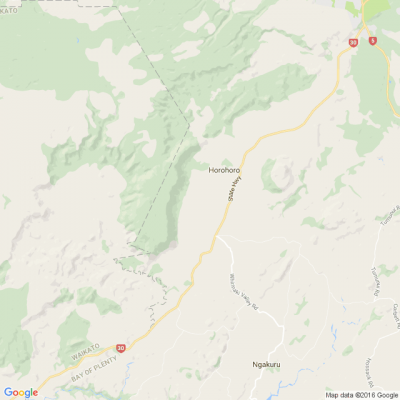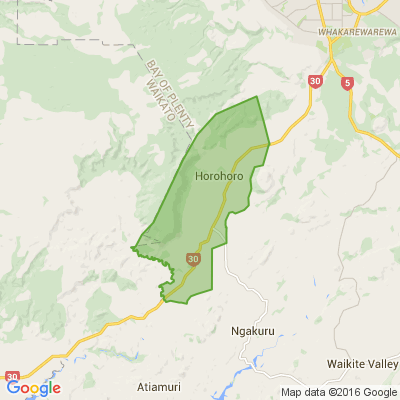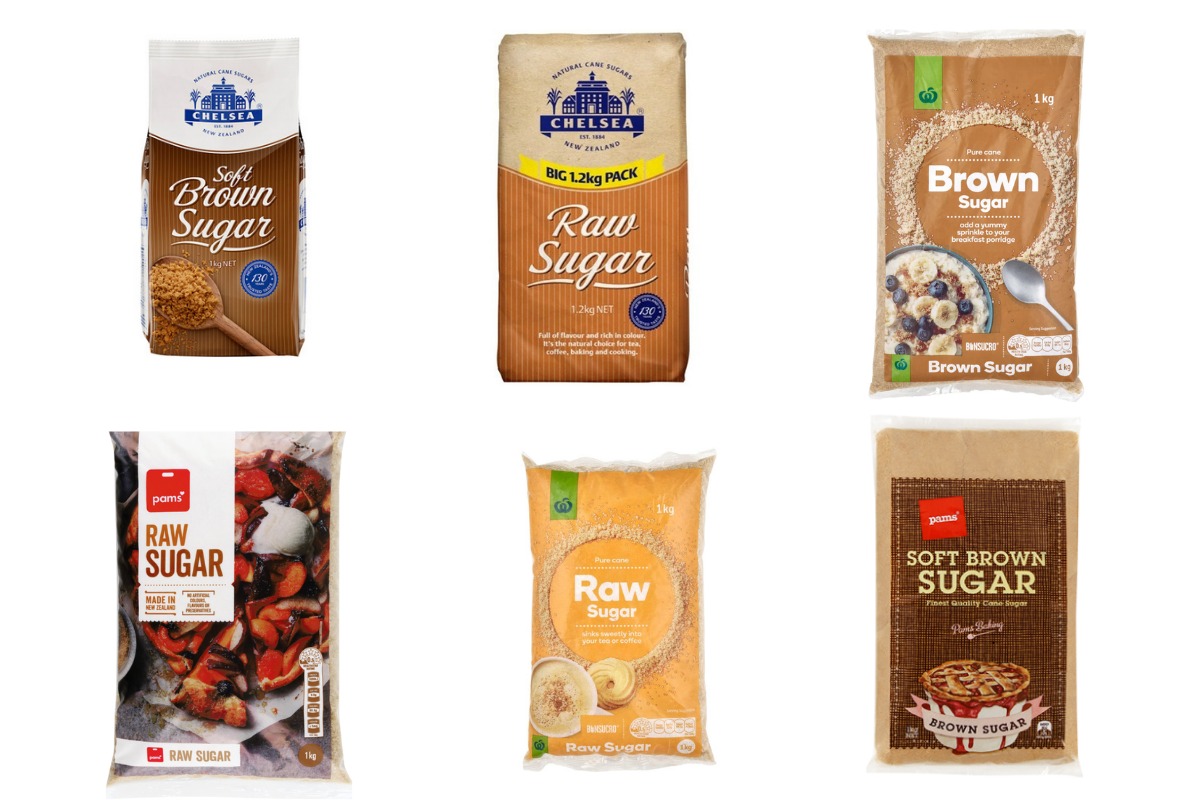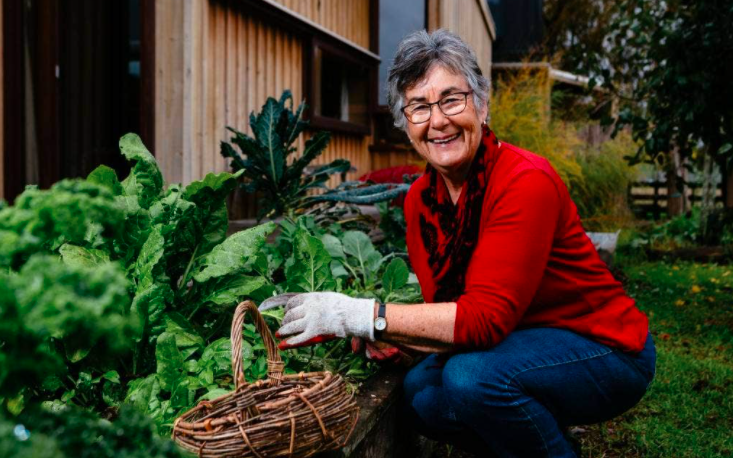
Know what’s happening
Access the private noticeboard for verified neighbours near you. Keep informed about any suspicious activity, send urgent updates to your neighbours when required and discuss emergency planning.
Get to know your neighbours
Browse the directory and start getting to know your neighbours. Don’t want to post to the whole neighbourhood? Send a private message.
Buy, sell and give away
Want to declutter your garage? Buy some used household items? Give away some garden stuff? Become a verified neighbour to browse and post items for sale. Trading is simple when everyone lives nearby.


Spread the Joy!
Do you have any festive tips your community needs to know about? Post them here!

Thank you for using Neighbourly
You may receive an email confirmation for any offer you selected. The associated companies will contact you directly to activate your requests.
The Team from Digital Boost
Digitising your business should be a priority right now, an online presence is vital in today’s ever-evolving landscape.
Digital Boost can help you get started in this very special Digital Boost Q&A session with Frances Valintine - founder and CEO of The Mind Lab and Tech Futures Lab.
… View moreDigitising your business should be a priority right now, an online presence is vital in today’s ever-evolving landscape.
Digital Boost can help you get started in this very special Digital Boost Q&A session with Frances Valintine - founder and CEO of The Mind Lab and Tech Futures Lab.
Frances will discuss the importance of digitising your business and offer guidance to get your business moving forward online.
When: Tuesday, November 16, 2021
Time: 1:00 PM Auckland, Wellington
Click here to register and join Frances for this exciting opportunity!
Find out more

If you haven’t updated your will in a long time, it’s important to create a new one.
Having a will gives your family peace of mind during the grieving process. When your wishes are clearly outlined in a legal document, it gives everyone the clarity they need, and ensures nothing… View moreIf you haven’t updated your will in a long time, it’s important to create a new one.
Having a will gives your family peace of mind during the grieving process. When your wishes are clearly outlined in a legal document, it gives everyone the clarity they need, and ensures nothing is overlooked or forgotten.
It’s easy to get everything in order and up to date by asking yourself a few key questions..
Read on to find out more

Find out today by accessing the latest climate science for your property with Climate Insights.
Risks to your investment and the roof over your and your family’s head are something that you can manage. With estimates of up to an 8 percent increase in damages from extreme rainfall alone between… View moreFind out today by accessing the latest climate science for your property with Climate Insights.
Risks to your investment and the roof over your and your family’s head are something that you can manage. With estimates of up to an 8 percent increase in damages from extreme rainfall alone between now and 2040 and up to 25 percent by 2100 we need to act now.
Your first step could be a physical risk assessment and adaptation guide for either your current or future home. Check out the sample reports and get one for yourself.
Download your Property Climate Risk Report

Jocelyn from Ngongotaha
Garage Sale, tomorrow Saturday 6th November 8.30-11 a.m. Downsizing and on the move. 99 Leonard Road, Ngongotaha. Single bed, almost new Black Faux leather sofa bed, oak table, lead light china cabinet, book shelves, writing desk, cot, and lots more! No sales before 8.30 a.m.
Hear from our expert on everything you need to know from investing to managed living, and having your wills and EPA's in order for an easy retirement. Read more to register for our event..

The Team from Neighbourly.co.nz
Six sugar products have been recalled by major manufacturers due to lead contamination.
Raw and brown sugar products by Chelsea, Pams and Woolworths are affected, and have been sold at retail outlets and supermarkets throughout New Zealand through October to November 4 2021.
In a statement, … View moreSix sugar products have been recalled by major manufacturers due to lead contamination.
Raw and brown sugar products by Chelsea, Pams and Woolworths are affected, and have been sold at retail outlets and supermarkets throughout New Zealand through October to November 4 2021.
In a statement, MPI said that that the food safety risk from these products is low, and informed customers who have bought these products to not consume them.
Here's what you need to know:
NAME OF PRODUCT
- Chelsea brand Raw Sugar (500g, 1.2kg, and 4kg)
- Chelsea brand Soft Brown Sugar (500g and 1kg)
- Pams brand Raw Sugar (1kg)
- Pams brand Soft Brown Sugar (1kg)
- Woolworths brand Raw Sugar (500g and 1kg)
- Woolworths brand Brown Sugar (500g and 1kg)
BATCH MARKING
- Chelsea brand Raw Sugar (500g, 1.2kg, and 4kg): Lot 21271 through to Lot 21303
- Chelsea brand Soft Brown Sugar (500g and 1kg): Lot 21280 through to Lot 21293
- Pams brand Raw Sugar (1kg): Lot 21270 through to Lot 21302
- Pams brand Soft Brown Sugar (1kg): Lot 21272 through to Lot 21303
- Woolworths brand Raw Sugar (500g, and 1kg): Lot 21274 through to Lot 21281
- Woolworths brand Brown Sugar (500g, and 1kg): Lot 21278 through to Lot 21303
The recall does not affect any other Chelsea brands of sugar or any other products manufactured by these companies.
Customers are encouraged to get in touch with their retailer to get a full refund.
To find out more about this recall, please visit the New Zealand Food Safety Website.

Mei Leng Wong Reporter from NZ Gardener & Get Growing
They want to create an app to make it easier for gardeners to share and swap crops and seeds. Read their story and don't forget to vote!

The Team from Resene ColorShop Rotorua
Buy any orange Resene testpot 60 ml at your local Resene owned ColorShop in November 2021 and Resene will donate $1 to Arthritis New Zealand!
The more orange testpots you buy, the more will be donated. Offer applies to all retail purchases of Resene orange testpots (includes metallics and wood … View moreBuy any orange Resene testpot 60 ml at your local Resene owned ColorShop in November 2021 and Resene will donate $1 to Arthritis New Zealand!
The more orange testpots you buy, the more will be donated. Offer applies to all retail purchases of Resene orange testpots (includes metallics and wood stains) at Resene owned ColorShops.
Help us help our fellow kiwis.
Find your local Resene ColorShop, www.resene.co.nz/colorshops

Te Pōkaitahi Reo
Meet Parminder Singh (Punjabi) who shares his journey with Te Whare Wānanga o Awanuiārangi:
“Studying in the Pōkaitahi Reo programme has allowed me to develop a totally beautiful and unique relationship with Māori communities. The learning has helped my work to bridge … View moreTe Pōkaitahi Reo
Meet Parminder Singh (Punjabi) who shares his journey with Te Whare Wānanga o Awanuiārangi:
“Studying in the Pōkaitahi Reo programme has allowed me to develop a totally beautiful and unique relationship with Māori communities. The learning has helped my work to bridge gaps between Māori and others in our multicultural communities. When I look back, I feel really proud. It’s a great feeling when I speak te reo Māori. It’s a privilege.”
Share in Parminder’s experience and enquire now for 2022. These programmes are tuition fee free!
Find out more

Vivien from Lynmore
Lynmore Tennis Club will be open for NZ Love Tennis Weekend on Sunday 21st Nov from 10am to 4pm. Anyone can come along and give tennis a go for FREE! With activities for all ages including court play, mini games, fun events, spot prizes and sausage sizzle. We will be here to answer any question … View moreLynmore Tennis Club will be open for NZ Love Tennis Weekend on Sunday 21st Nov from 10am to 4pm. Anyone can come along and give tennis a go for FREE! With activities for all ages including court play, mini games, fun events, spot prizes and sausage sizzle. We will be here to answer any question you may have including coaching sessions, club nights, competitions and social events. Discounted membership on the day for new members. Location: Cnr Selwyn & Lewis Rd, Lynmore
For more information please ring Vivien Cooper at 0272703594.
The Team from
Come and visit us @ Red Cross Urban Ore 24 Te Ngae road Victoria
Mei Leng Wong Reporter from NZ Gardener & Get Growing
These Palmerston North green thumbs ensure hospice patients and their families get to enjoy flowers, foliage and fragrance. Read their story, then don't forget to vote for them!

Mei Leng Wong Reporter from NZ Gardener & Get Growing
Trish Allen is giving away her garden harvest -- again! During the 2020 lockdown, she gave away over 140kg in fruit from her home orchard. This year, she didn’t have fruit to swap but her vegetable garden was packed with winter crops. “I had masses of broccoli, cauliflower, kale, silverbeet and… View moreTrish Allen is giving away her garden harvest -- again! During the 2020 lockdown, she gave away over 140kg in fruit from her home orchard. This year, she didn’t have fruit to swap but her vegetable garden was packed with winter crops. “I had masses of broccoli, cauliflower, kale, silverbeet and French sorrel. So I gave out a lot of parcels of those to anyone I knew who needed it.”

Our short course will give you the skills to stay connected with your whānau and friends.
Learn how to get online safely and navigate websites and apps with confidence.
We’ll show you how to:
• send and check emails
• use tools to create, organise, and connect … View moreOur short course will give you the skills to stay connected with your whānau and friends.
Learn how to get online safely and navigate websites and apps with confidence.
We’ll show you how to:
• send and check emails
• use tools to create, organise, and connect with the digital world
• solve common problems using online resources
• explore day-to-day tasks such as online shopping and banking
• stay safe when you’re online
• online and face-to-face class options available
Free classes | Book now - 0800 526 672
Find out more

 Loading…
Loading…
Are you sure? Deleting this message permanently removes it from the Neighbourly website.
 Loading…
Loading…
© Neighbourly 2025
